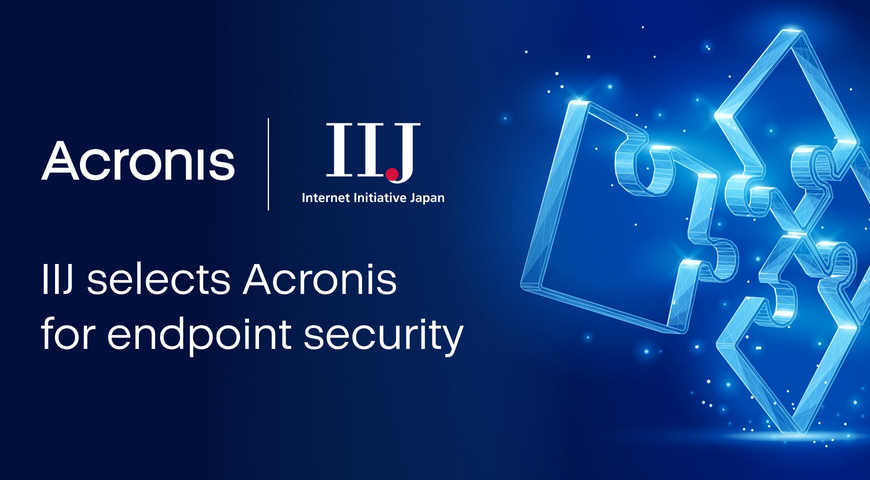What is RPO?
Recovery point objective (RPO) generally refers to calculating how much data loss a company can experience within a period most relevant to its business before significant harm occurs, from the point of a disruptive event to the last data backup.
RPO helps determine how much data a company can tolerate losing during an unforeseen event.

What is RTO?
Recovery time objective (RTO) often refers to the amount of time that an application, system and process can be down without causing significant damage to the business and the time spent restoring the application and its data to resume normal business operations after a significant incident.
Calculating RTO for your company is critical to your disaster recovery plan.
What is the difference between RPO and RTO?
Although both recovery objectives are similar in measurement metrics, their focus differs according to application and data priority:
Purpose
RPO deals with the maximum amount of data loss, helping to inform the development of a backup strategy, whereas RTO deals with time to recover and helps inform the development of a disaster recovery strategy.
Priority
Where RTOs are focused on application and system restoration to enable normal operations resumption, RPOs are solely concerned with the amount of data loss following a failure event. However, RPO takes into account not just data lost; it calculates the risk and impact on overall customer transactions rather than business operations downtime.
Cost
Costs also fluctuate between the two objectives. The costs associated with maintaining a demanding RTO may be greater than those of a granular RPO because RTO calculates the time frame to recover your entire business infrastructure, not just the data.
Automation
As RPOs require you to perform scheduled backup at the right intervals, data backups can be easily automated and implemented. However, this is virtually impossible for RTOs as they involve all IT operations in the recovery process.
Calculation variables
Based on the least number of variables, RPOs can be easier to calculate due to the consistency of data usage. To calculate RTO, companies will typically go through a slightly more complicated process as restoration times rely on several factors, including analog time frames and the day the event occurs. A shorter RPO means losing less data but requires more backups, more storage capacity, and more computing and network resources for backups to run. A longer RPO is more affordable, but it means losing more data.
Calculation variables may also differ according to the classification of data. Good practice for any company is to differentiate data into critical and noncritical tiers predetermining your RPOs and RTOs in priority order.

Examples of RPO and RTO
To explain the difference between RTOs and RPOs, let's take the example of a bank, but across two different scenarios:
At 9 a.m., an application was impaired on the bank's main server, halting services locally and online for five minutes. The bank's RPO counted for 15 minutes of data loss, and their RTO counted for 10 minutes of recovery time to restore their systems and applications. Therefore, the bank was within the parameters of both objectives.
At 3 a.m., the same bank faced a shutdown of systems for one hour. As the RPO only counted for 15 minutes of data loss, and the RTO counted for only 10 minutes of downtime, it meant 50 minutes of the shutdown time was not accounted for. However, due to the time that the shutdown occurred, the loss of data was not exponential as the recovery process happened during a low-traffic period for the bank.
How to reduce RPO and RTO
Mapping out your recovery objectives should be done simultaneously, considering the time, money, and reputation of the company. Collaborative input from all departments should help form a reliable business impact analysis. The information should regard how they operate, the data they handle, and the impact on all users to predetermine the priority order of their most critical RPOs and RTOs.
From this information alone, you can then compare downtime costs with the impact on the company — looking at the variables of lost revenue, salaries, stock prices and the expense of the recovery — and then forecasting the worst incident your company could face. This way, senior management can proceed with business continuity planning and implement sensible data protection and data recovery protocols.
Long-term RPO and RTO optimization
As the company grows, the values of the two key parameters undoubtedly will change. Therefore, constant assessment, testing, and measurement of your RTOs and RPOs will help procure adequate disaster recovery planning to prepare for any shortcomings that may unexpectedly surface. The three main areas to help reduce the overall impact on the organization (and on your wallet) include (but are not limited to):
Frequency of backup
More backups enable you to have a larger playground of data to access should a situation arise, lowering both the amount of lost data and time needed to restore it.
Block recovery
Save time and money by isolating key blocks of mission-critical data that have changed since your last backup was performed. This will enable data backups comprising only information that has changed within the given period.
Replication
By replicating your data, you instantly have a copy of your data that you can fall back on should a disaster occur, which decreases your recovery time objectives. Your RPO will be determined by how often you replicate your data. By the rule of thumb, replication at a higher frequency means a lower RPO.
Testing RPO and RTO
As with any element of business, from marketing to processes, hardware to software, RPOs and RTOs do not supersede testing and measurement. Below are three ways to maintain and evolve your objectives in line with potential threats and risks to the business to ensure business continuity.
Regular data backup checks
Regularly assess your backup key parameters, looking at retention plans, granular backup restoration points, automation and protection variables, increasing the number of snapshots you have of critical data. The aim is to account for all measures to protect your data if a disaster occurs.
Review and improve
Periodically review your disaster recovery plan, assessing key employee roles, backup processes, and hardware modifications. This will be influenced by your most recent RTO and RPO – both go hand in hand, so keep all elements updated at regular intervals of the year.
Don't throw the 3-2-1 rule in the Trash folder
Keeping at least three copies of data in two independent storage locations with one copy of data stored off-site can save your data if one of the storage locations becomes inaccessible or impaired due to human error, natural disasters or a cyberattack.
How RTO and RPO could develop over time
To determine how much a disaster can cost your entire operation, consider the cost of system downtime — the impact on employee productivity, the loss of billable hours, missed sales from online activity, regulatory compliance obligations, virtual environments impact, and so forth.
Another aspect that can influence the priority and even setting your RPOs and RTOs is the development of the company internally and externally. Influential changes such as additional service provisions, structural and staff changes, data growth, location, etc., can shift the objectives entirely. Here, regular testing and reviews are an absolute necessity for successful disaster recovery.
RTO and RPO to recover from any disaster
Your RTOs and RPOs weigh the most critical variables against the worst-case scenario and provide a safeguard against potential devastation to your business. Keep these up to date and in line with all critical business metrics — that will allow your IT department to determine application priority and calculate the maximum length of potential downtime. These, in turn, will enable a reliable risk assessment basis to implement the proper failover services and thus ensure the high availability of any business-critical application, even in the face of disaster.
Plan and proactively protect with Acronis Disaster Recovery
In any disaster recovery situation, every second counts. Even with complete disk-image backups of an entire server, businesses still need to restore the system by moving data from backup storage to their production hardware which can take hours, not to mention the impact on the company itself.
With over 15 years in the industry, 200,000 attacks prevented, and managing over 5,000 petabytes across the globe, to say Acronis is passionate about cybersecurity would be an understatement.
Acronis Cyber Protection, the only active, AI-based anti-ransomware solution on the market, offers a disaster recovery plan that integrates RPOs and RTOs, helping to safeguard all data for any environment, deployment, workload and storage, with any recovery method.
Fortify your business continuity plan with Acronis today.
About Acronis
Acronis is a Swiss company, founded in Singapore. Celebrating two decades of innovation, Acronis has more than 1,800 employees in 45 locations. The Acronis Cyber Protect Cloud solution is available in 26 languages in over 150 countries and is used by 20,000 service providers to protect over 750,000 businesses.





